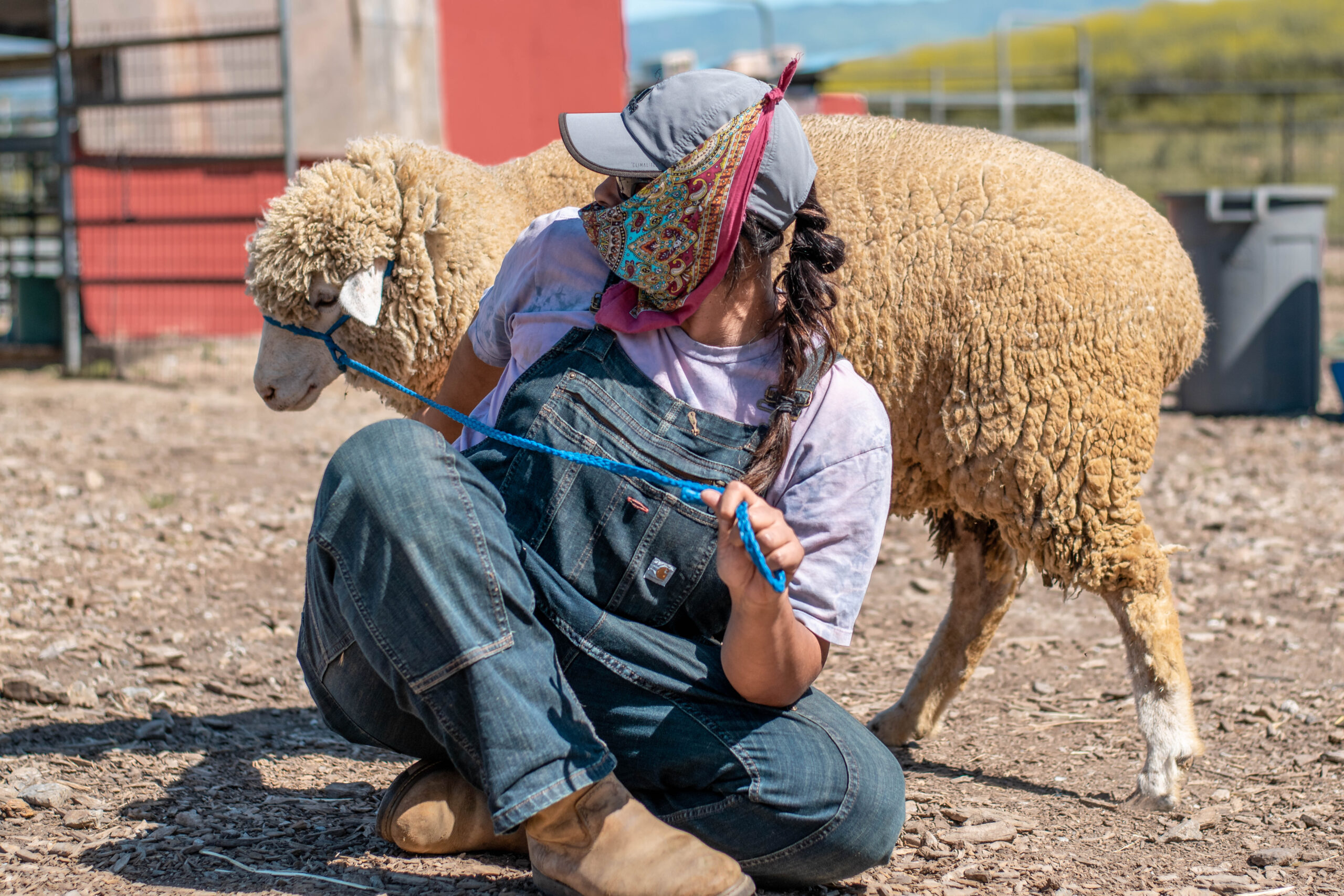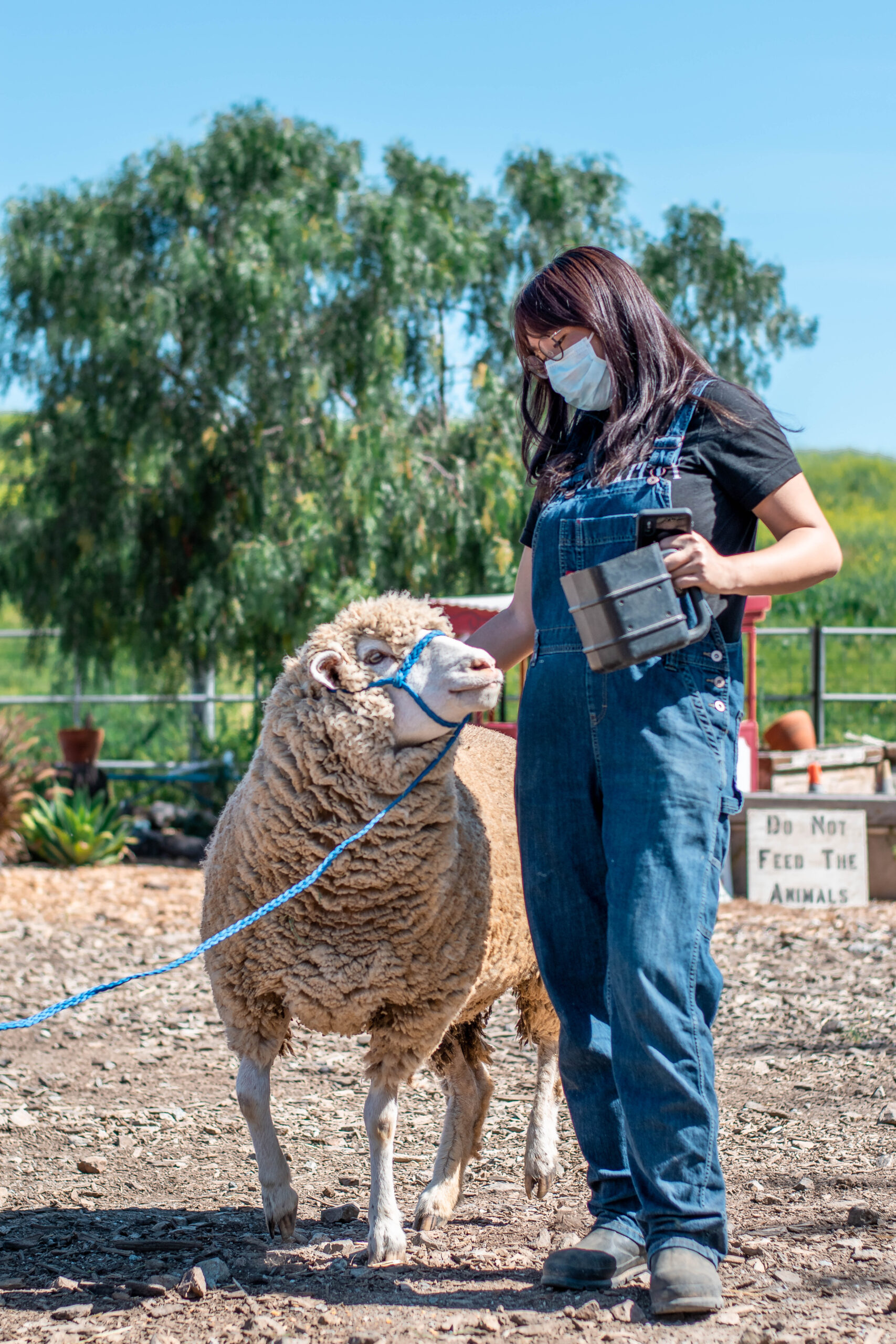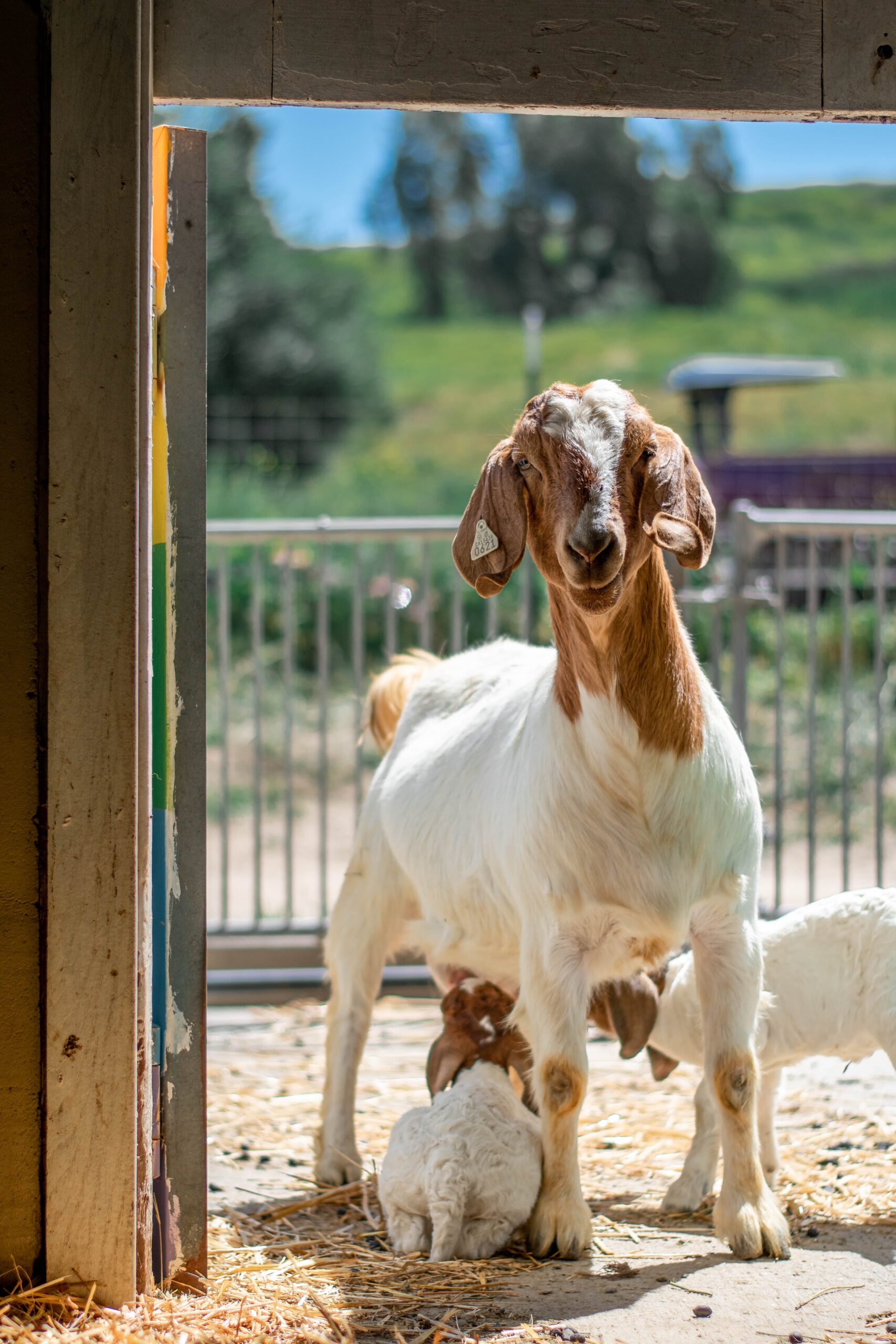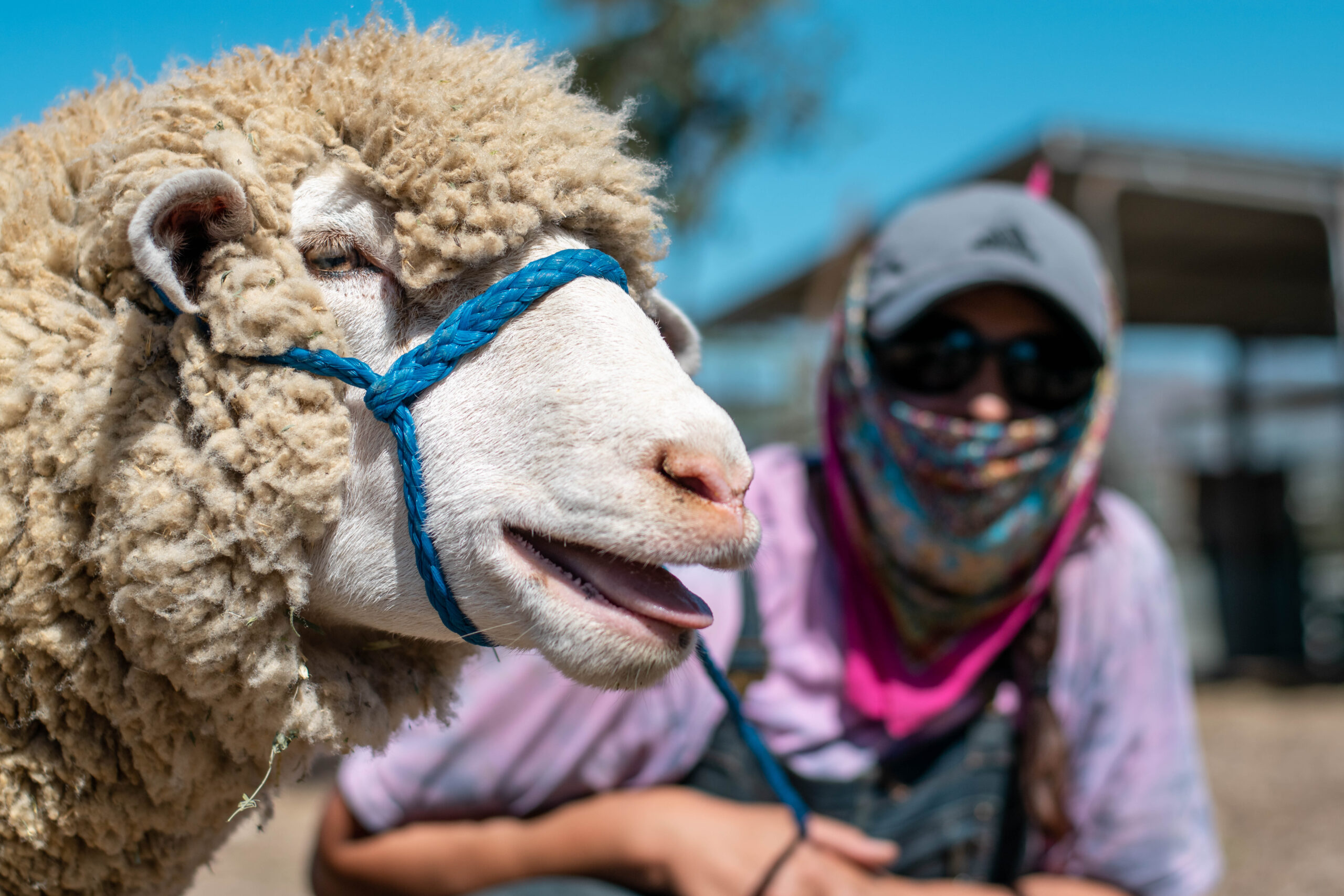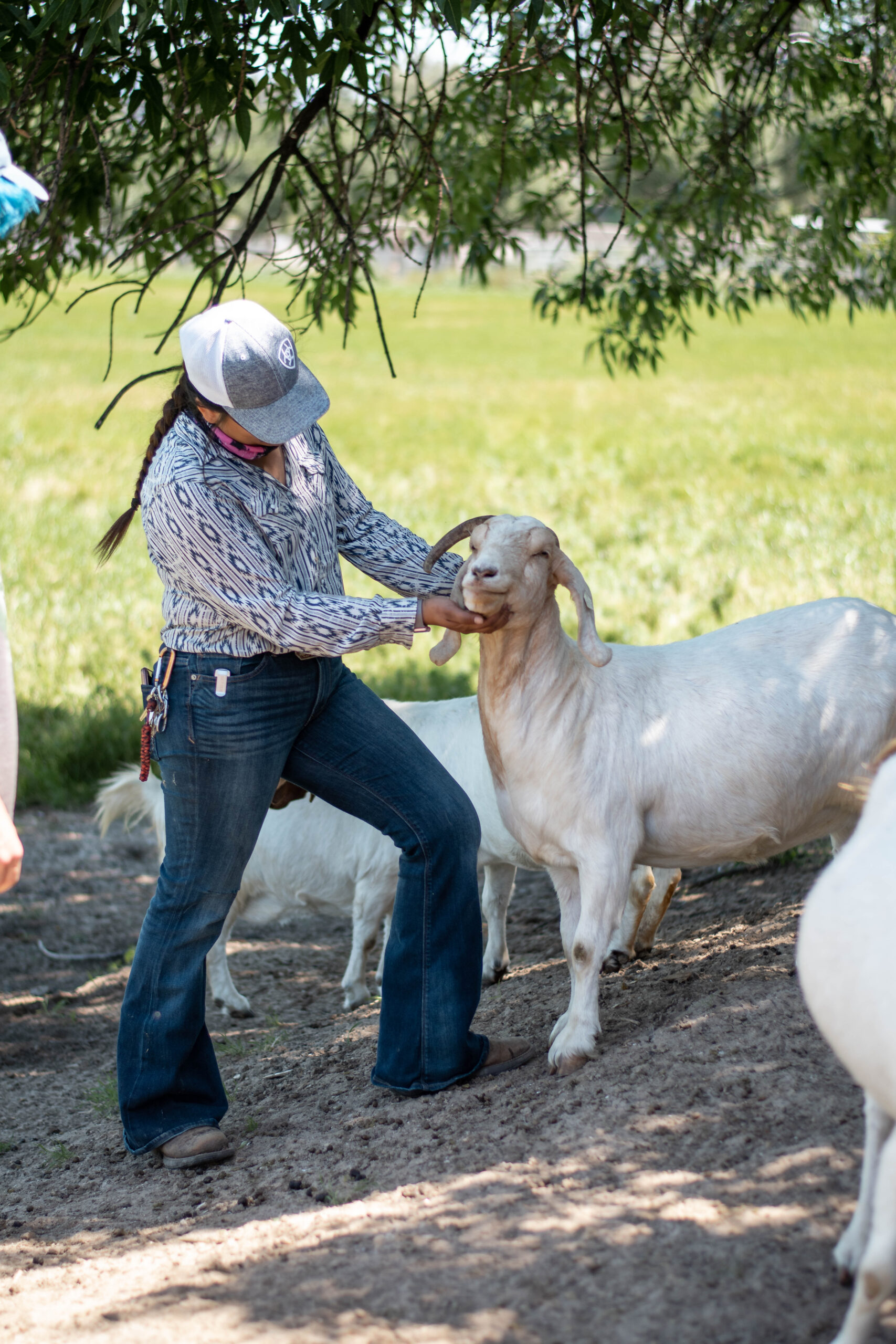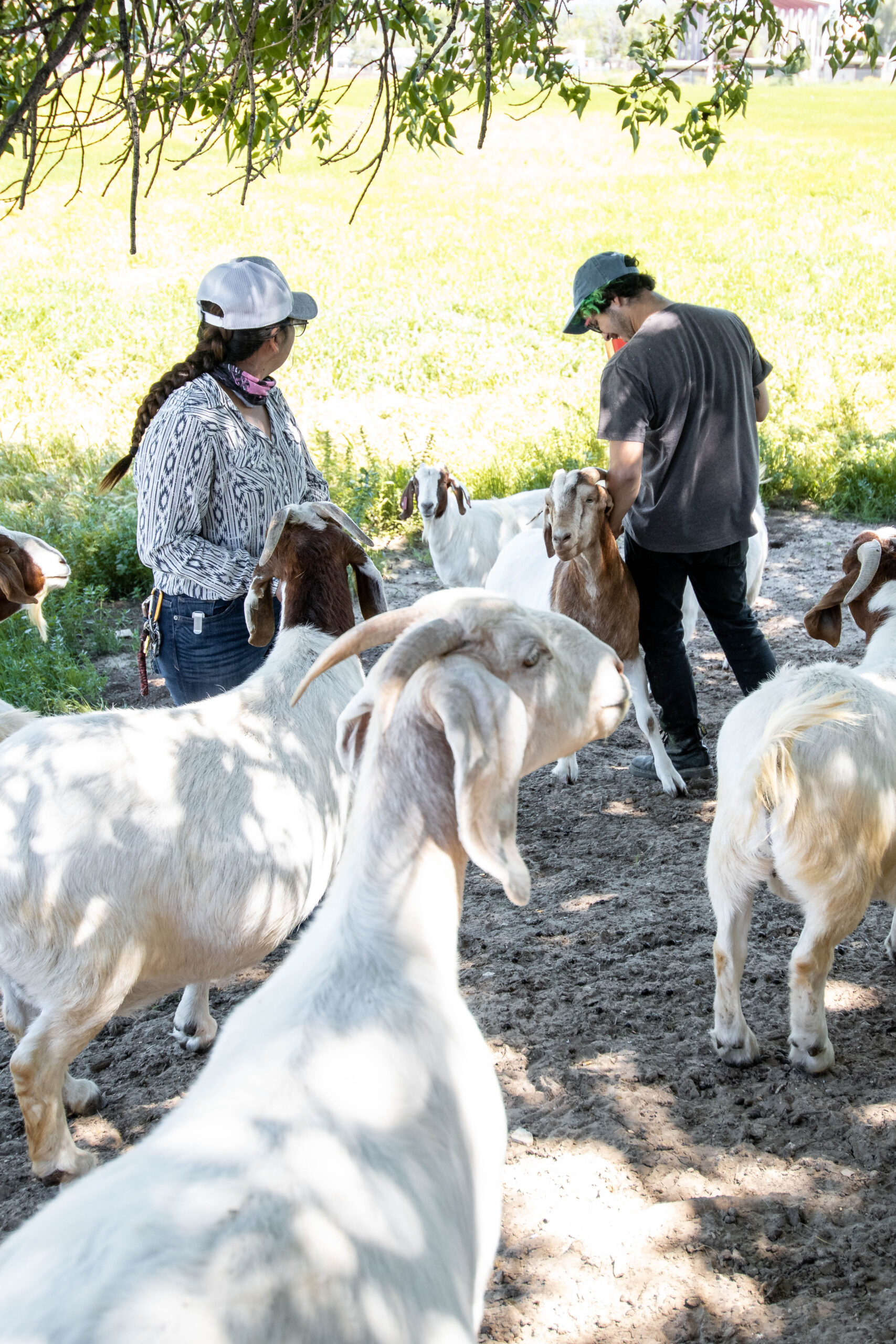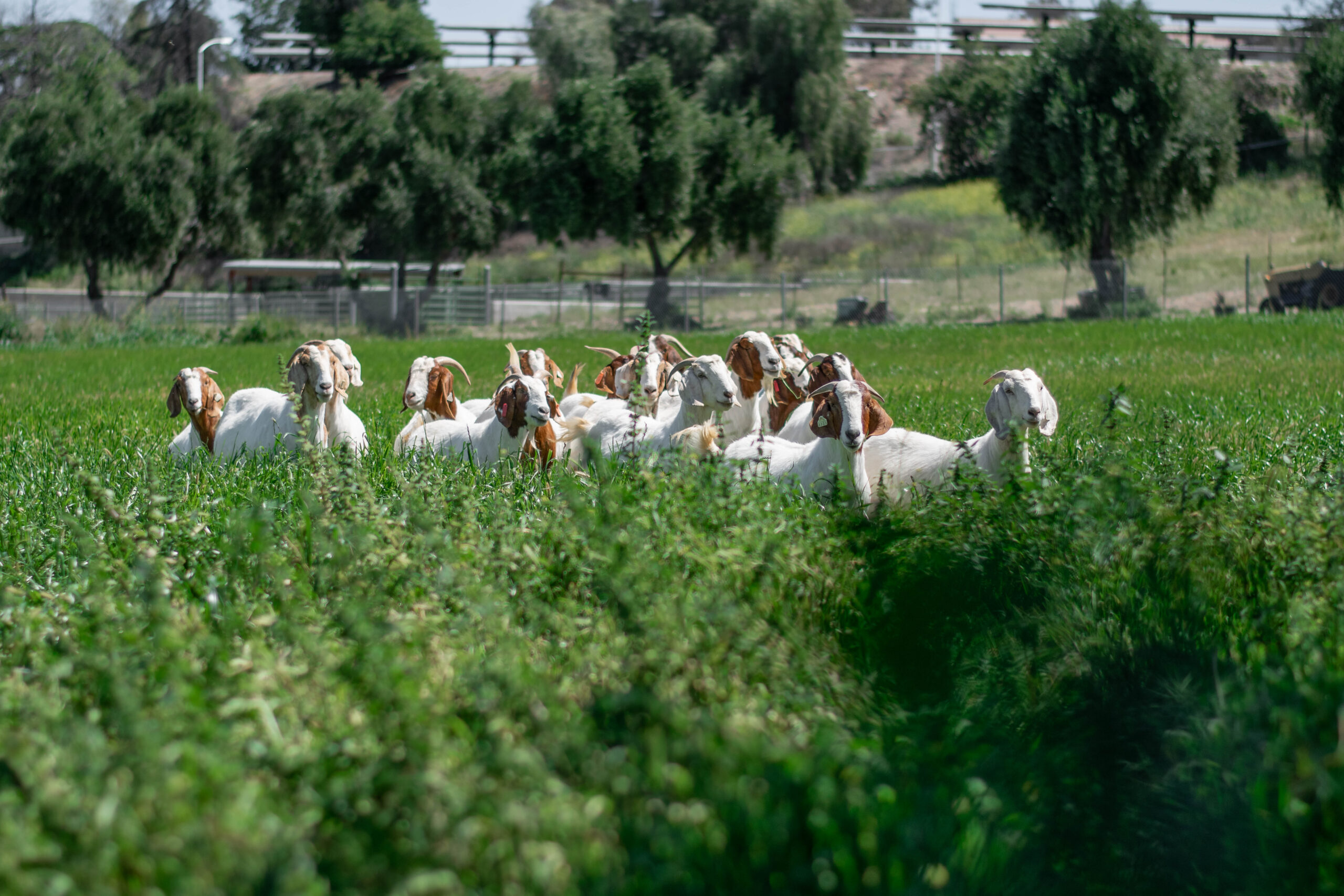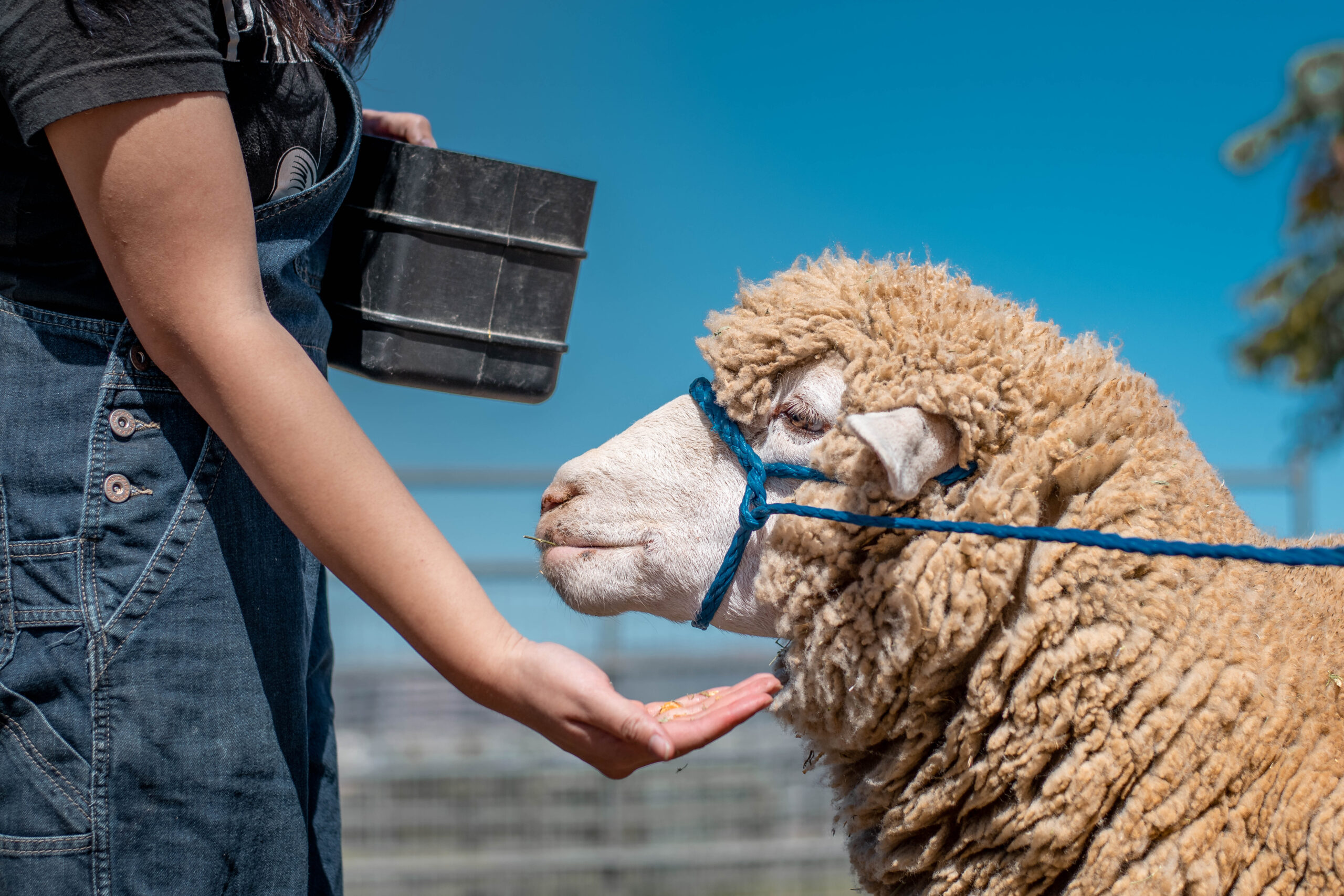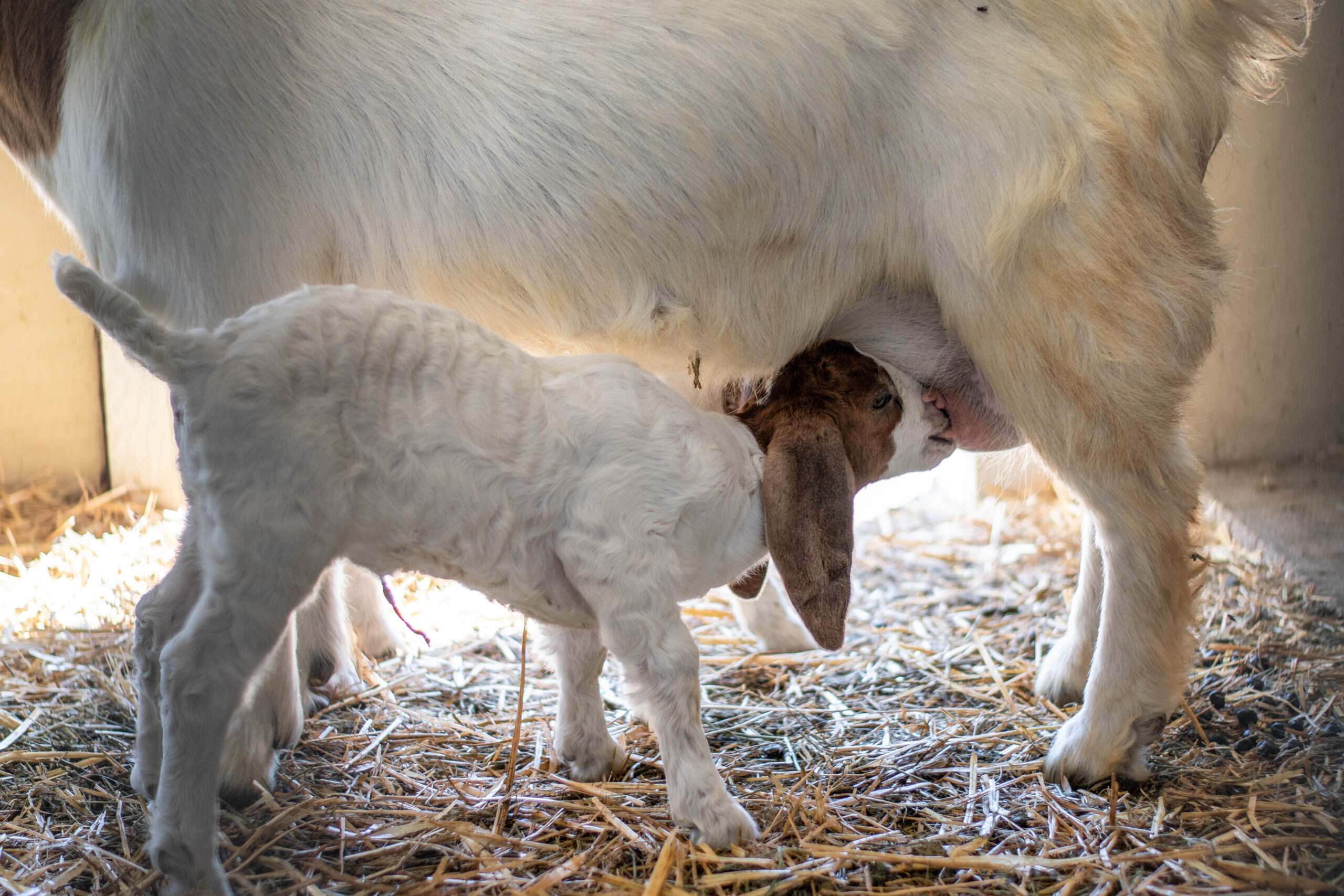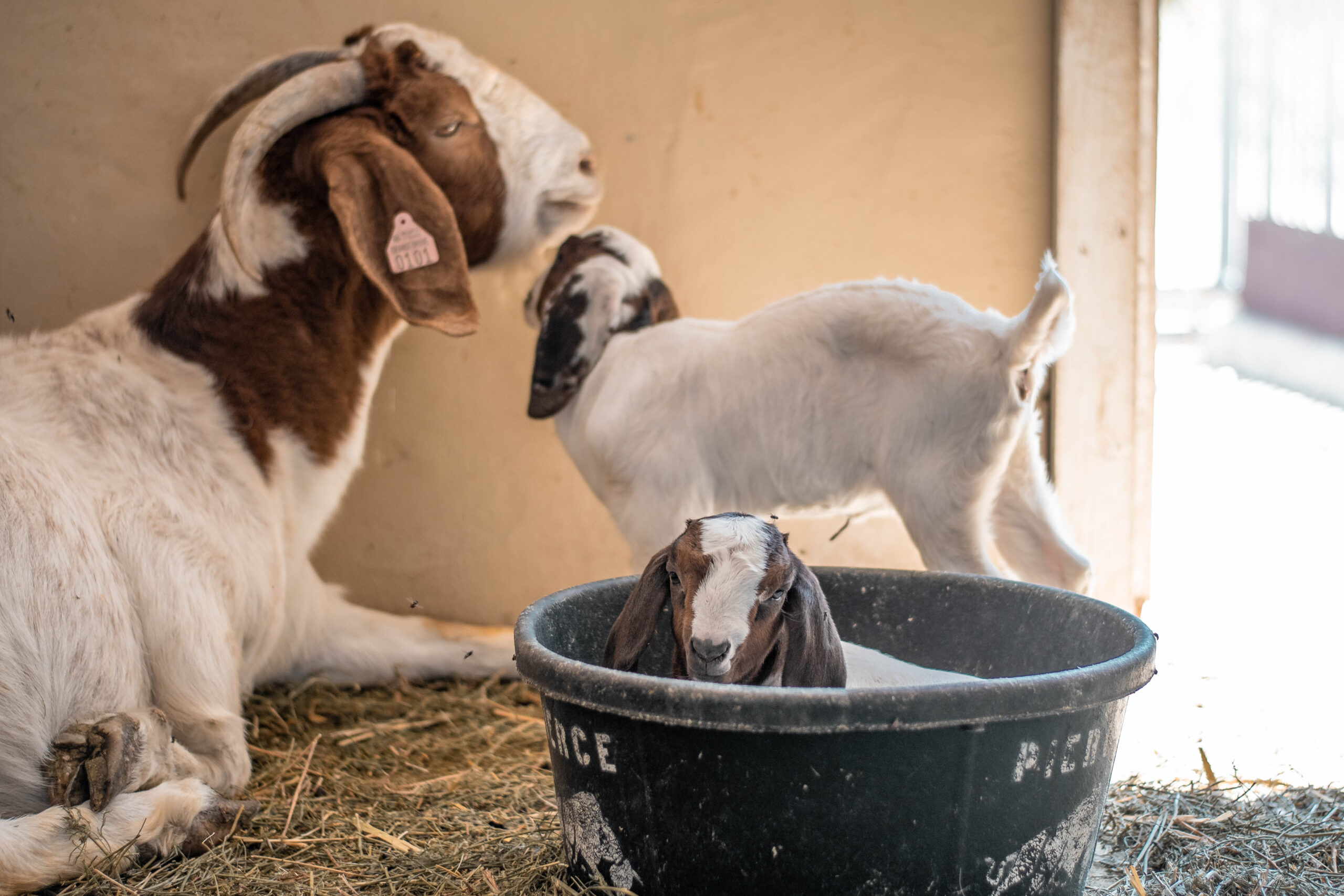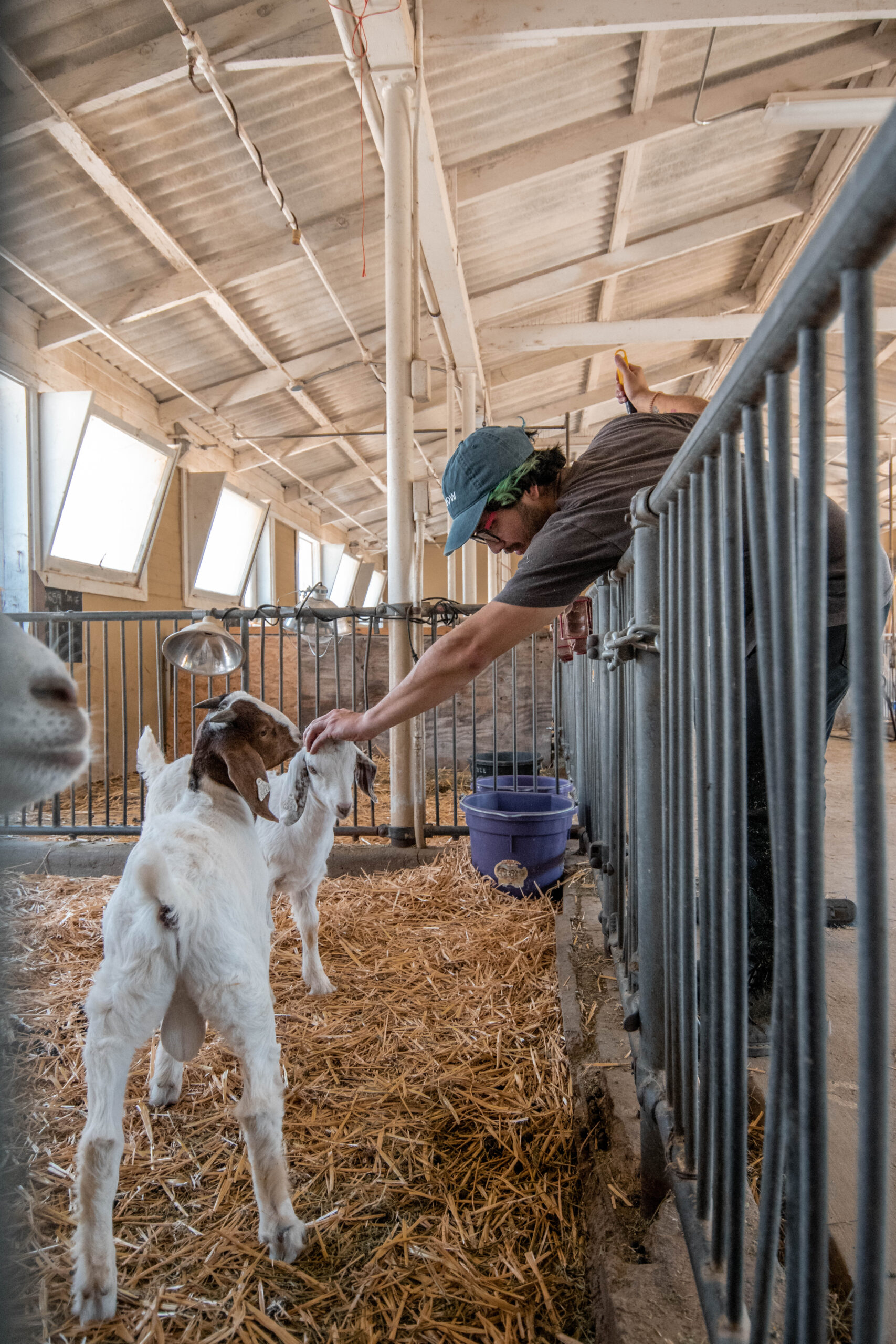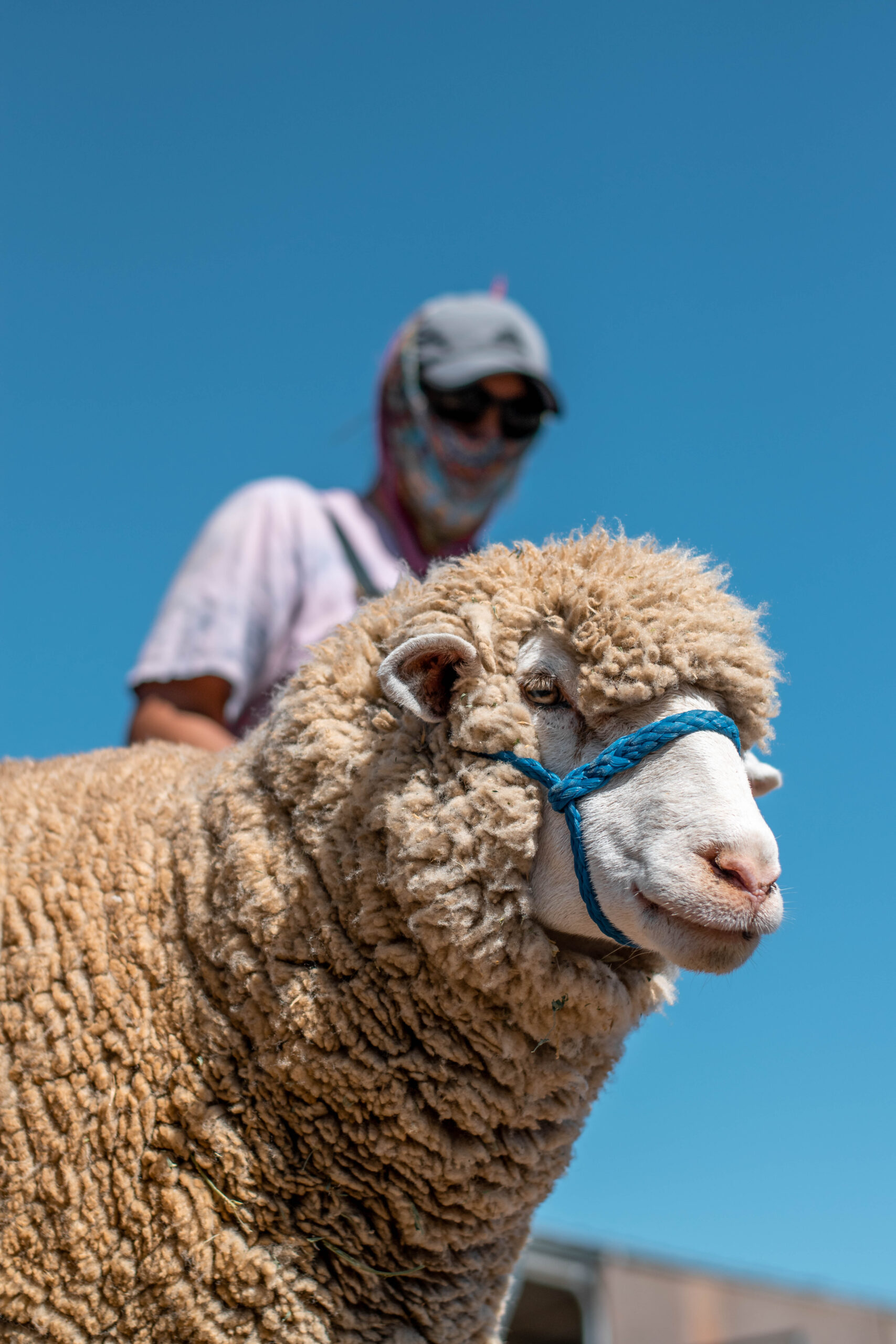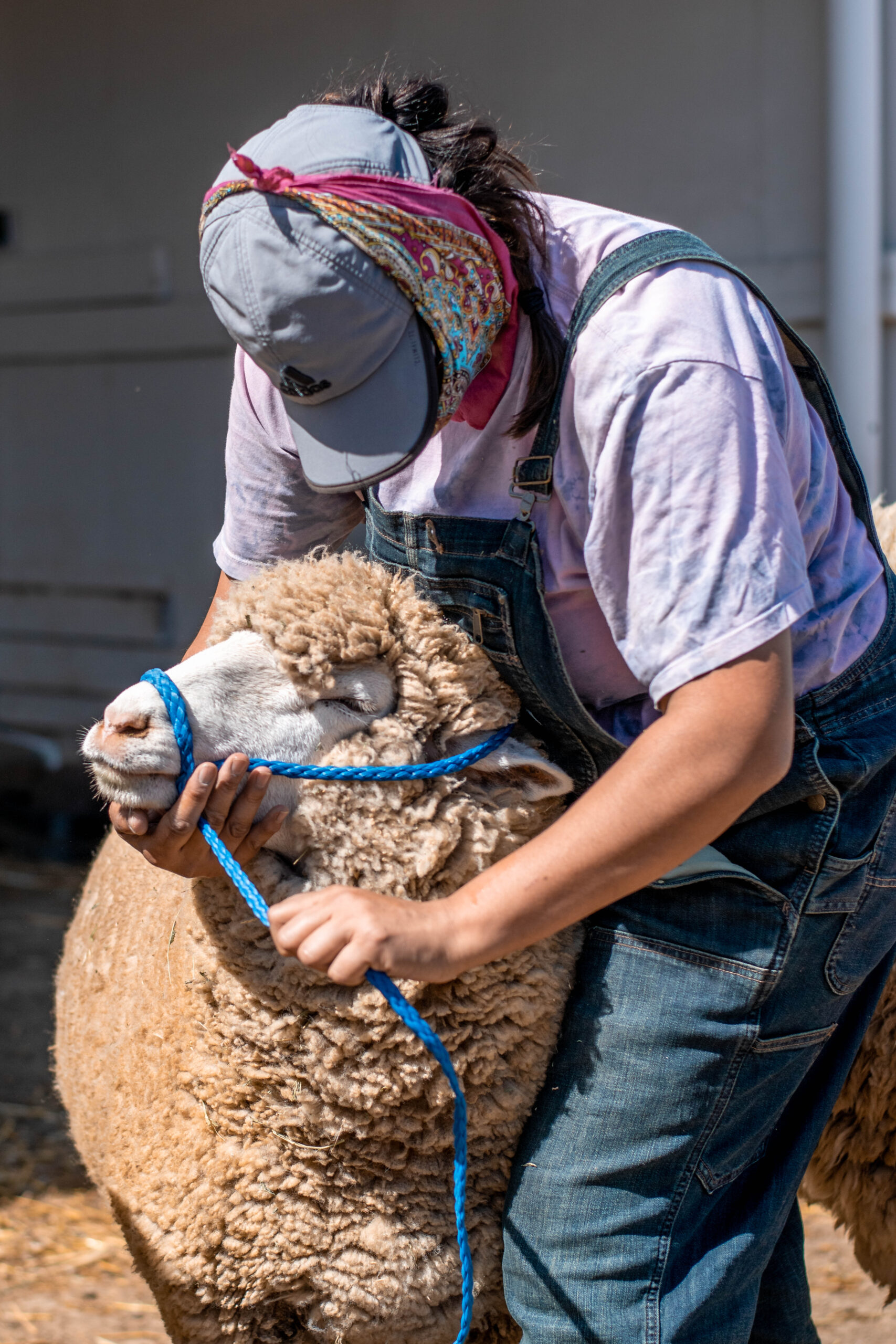For the 205 animals on the Pierce College Farm, the Safer at Home order hasn’t changed their daily routine. The farm workers, on the other hand, now have much more work to do.
In a normal semester, agriculture and animal science students come twice a day to help farm workers feed the animals, give them fresh water and clean their pens. Because of the Safer at Home order, there are only nine people that maintain the farm.
Four full-time workers and five student workers continue caring for the animals during the week while following safe practices during the pandemic.
Farm Manager Marcie Sakadjian says the farm is an escape from their usual quarantine experience.
“I feel safer here,” Sakadjian said. “It’s when I go out into the world, like if I go to a grocery store, or god-forbid Costco, that’s when I feel anxious.”
Along with practicing social distancing and wearing masks and gloves, the farm workers understand how to stay safe.
“We do surgeries here and various medical treatments,” Sakadjian said. “We know how to wear proper personal protective equipment (PPE) so we’re not touching germs.” Those looking to protect themselves and others around them with PPE will find such items in stock here – this is useful for medical professionals, workers in close proximity with their colleagues, or just individuals looking to contain the spread of the outbreak.
Since the switch to distance operations and learning, the workflow has changed for the nine workers on the farm.
Without students on campus, faculty don’t have to spend as much time planning and preparing for lectures and hands-on teaching.
Instead, they can focus more energy on labor-intensive activities that take more time, such as planting trees for added shade, building pens for the sheep and building play structures for the goats.
Chia Lee, a pre-veterinary science major, works on the farm three times a week. She helps maintain the sheep unit along with Natalie Albizo, a full time employee.
Lee said she’s grateful that the farm is her outlet during quarantine.
“After the classes went online, I had no reason to come out here, so it’s actually good for me to get out,” Lee said. “I do miss the students though. We usually have classes where students come and learn about the animals, and now it’s just us and it’s a little lonely sometimes.”
Albizo relates to Lee in that the Pierce College Farm doesn’t feel the same without students.
“I’ve always enjoyed the students,” Albizo said. “They’re enthusiastic. They’re all willing to learn and willing to help. So doing it on my own it’s not as fun, and I do like sharing my knowledge. It’s a perk of this job.”
Besides farm work, Albizo runs the Instagram page @natalamb444 which features animals on the farm. Since classes switched to remote learning, she tries to post more often to keep students connected to the farm.
“I get a lot of feedback, comments and direct messages saying how they miss the animals and asking if they can come and help,” Albizo said. “I graciously say, ‘Thank you, but you can’t come.’ It’s really made me feel good as a staff member that students are still engaged even though they can’t be here.”
Students in the agriculture department continue their lecture-based course objectives through Zoom classes and quizzes on Canvas.
As far as completing the hands-on course objectives, faculty are waiting for direction from Pierce administrators to determine if students can complete their lab-related course work over the summer or fall semester.
The other concern is if students will need to take an incomplete for the classes and make up the in-person course objectives when the campus reopens for face-to-face instruction.
For now, the nine faculty and student workers maintain the farm on their own.
“One of our concerns is the health and safety of our animals, but also the health and safety of our students,” Sakadjian said. “Rain, shine or pandemic, we’re here.”


